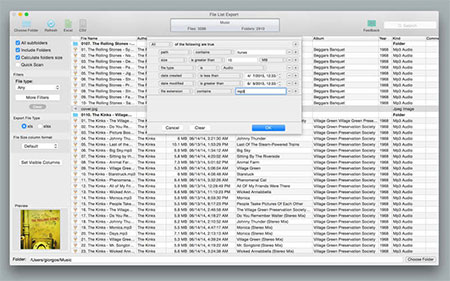

If you like, you could wrap the IFERROR function around in order to mitigate the error. #REF means in this case that there are no more files in your folder. That means, this argument could also be A1, C1, etc.Īs the last step: Copy the INDEX function down until you see the first #REF error.

The ROW function should refer to any cell in the first row (for example to B1). As the last step, enter an INDEX function for compiling the list (here in cell B7):įolder_Path should be the same name that you have given in step 3 above.If you want to see all files ending on “.xlsx”, add \*.xlsx.For listing only Excel files, add \*.xls*.If you want to include all files – no matter which file type – in your list, add \*.Paste the folder link into the folder path cell (the cell you have set as the named range in step 1 above).Import the Online Payroll export file (the COA tax lines. Use the Windows built-in PowerShell feature.įile names, file links (not working properly), file size, date modifiedĮxtension, date accessed, date modified, date createdĪs the last step, set up a INDEX formula that pulls the file names into cells. Choose File > Utilities > Export > Lists > Chart of Accounts. Open folder with a web browser and copy the file list. Use a function in a named range to insert a file list. Method 7: Let a VBA Macro loop through the files.Open PowerShell and write the directory into a text file.Method 6: Use PowerShell to extract a file list.Method 5: Excel Add-in Professor Excel Tools.Method 4: Create a file list with PowerQuery.Method 3: Use an internet browser to quickly copy and paste a file list to Excel.Method 2: Insert a file list with built-in Excel functions using “Named Ranges”.
#File list export mac mac


 0 kommentar(er)
0 kommentar(er)
